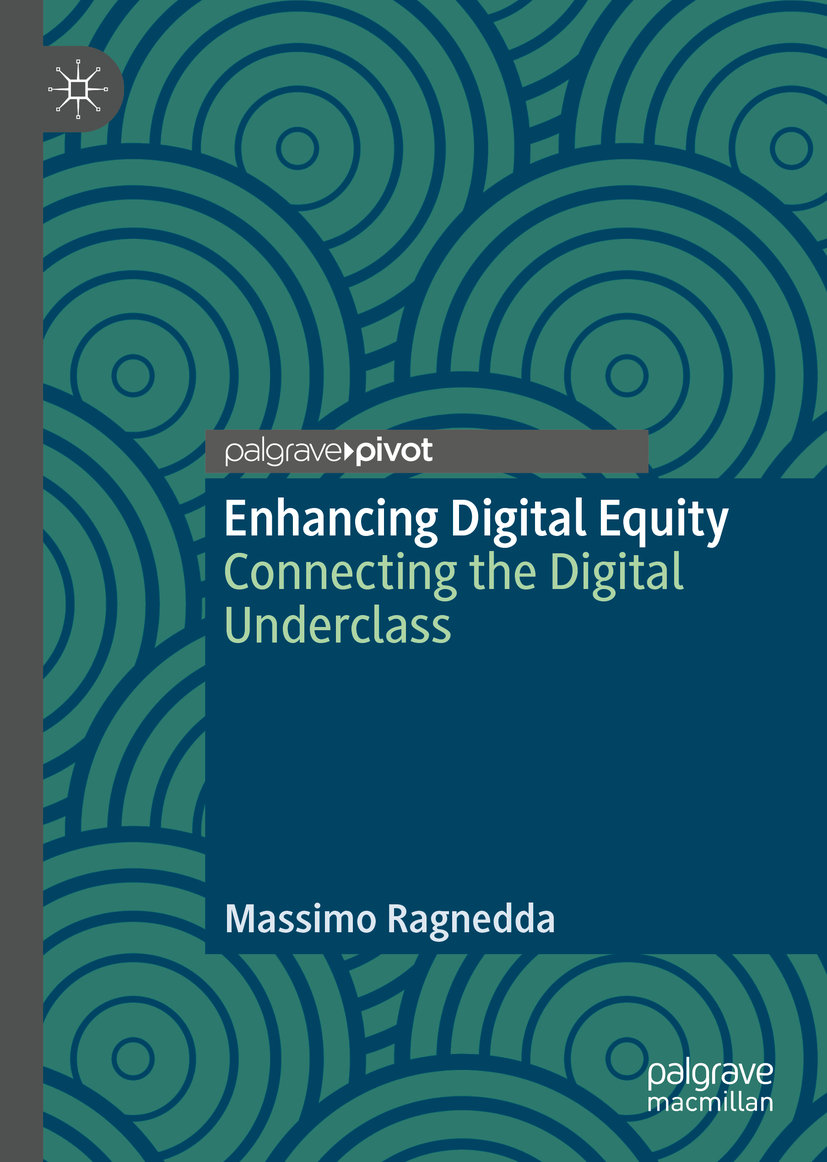Enhancing Digital Equity
By Massimo Ragnedda
This book highlights how, in principle, digital technologies present an opportunity to reduce social disparities, tackle social exclusion, enhance social and civil rights, and promote equity. However, to achieve these goals, it is necessary to promote digital equity and connect the digital underclass. The book focuses on how the advent of technologies may become a barrier to social mobility and how, by concentrating resources and wealth in few hands, the digital revolution is giving rise to the digital oligarchy, further penalizing the digital underclass. Socially-disadvantaged people, living at the margins of digital society, are penalized both in terms of accessing-using-benefits (three levels of digital divide) but also in understanding-programming-treatment of new digital technologies (three levels of algorithms divide). The advent and implementation of tools that rely on algorithms to make decisions has further penalized specific social categories by normalizing inequalities in the name of efficiency and rationalization.
Contents
Introduction
Theorizing Inequalities
Traditional Digital Inequalities: Digital Divide
New Digital Inequalities. Algorithms Divide
Connecting the Digital Underclass
Conclusions
Massimo Ragnedda is Senior Lecturer in Mass Communication at Northumbria University, UK, and Vice-chair of IAMCR's Digital Divide Working Group.
The above text is from the seller's description of the book.
Title: Enhancing Digital Equity
Author: Massimo Ragnedda
Published: 2020
Pages: 114
Publisher: Palgrave Macmillan
